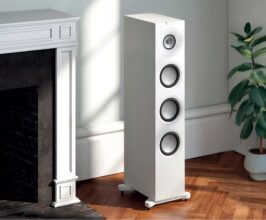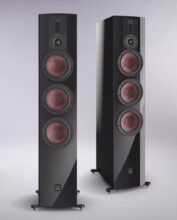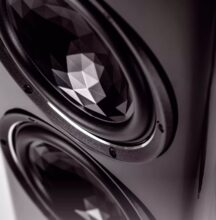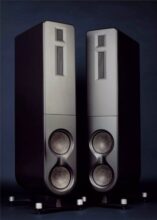DALI Rubikore 6 Review
DALI has renewed its ambitious Rubicon line with DALI Rubikore 6. The successors are called Rubikore, as there was a technology transfer from the Danes’ flagship Kore. What does this bring to the Rubikore 6 floor-standing speaker? Tested at €4,996 per pair.
by Matthias Böde
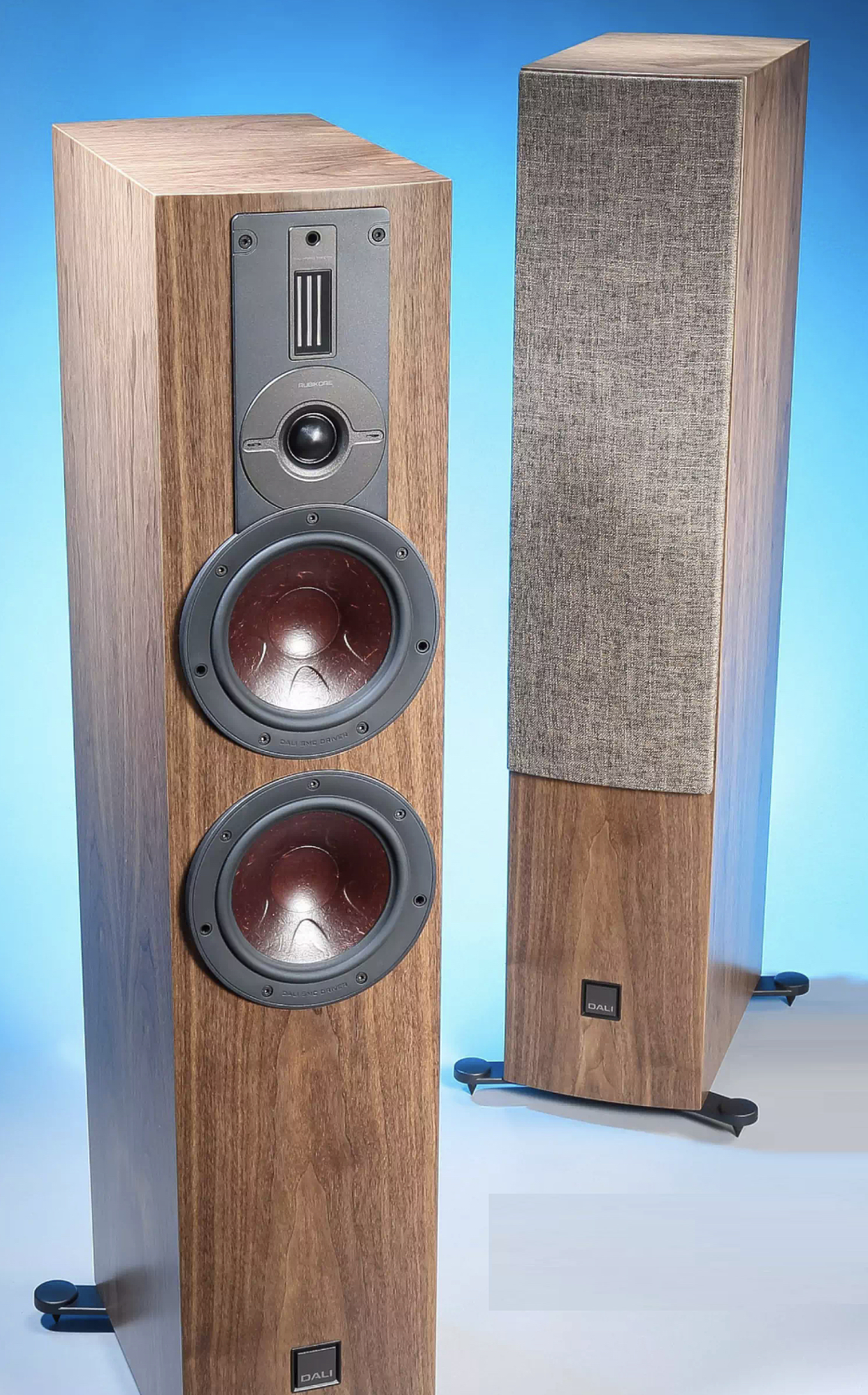
What is DALI Rubikore 6?
As the saying goes, those who have a lot to offer don’t need to show off. If that’s true, DALI’s brand new Rubikore 6 floor-standing speaker must be hiding some serious power, as it takes a step back visually compared to its predecessor, the successful Rubicon 6 from the “Danish Audiophile Loudspeakers Industries” based in Norager, Jutland. The silver-highlighted tweeter module is gone, though it still combines a 29-millimeter fabric dome with an ultra-light flat membrane magnetostat that only kicks in above 14 kHz.
The newly designed mounting base is now anthracite gray, just like the slightly protruding frames on the baffle that hold the two 16 cm woofers. There’s no denying that the flawlessly crafted Rubikores, available in four cabinet variants with matching fabric covers, look classy. But there used to be more bling.
Another change from Rubicon to Rubikore is also immediately noticeable, and it’s definitely positive: each box includes a “Premium Spike Set” for defined coupling of the speakers to their base. The difference is made by two braces that are screwed under the speaker base, ensuring a particularly firm stand.
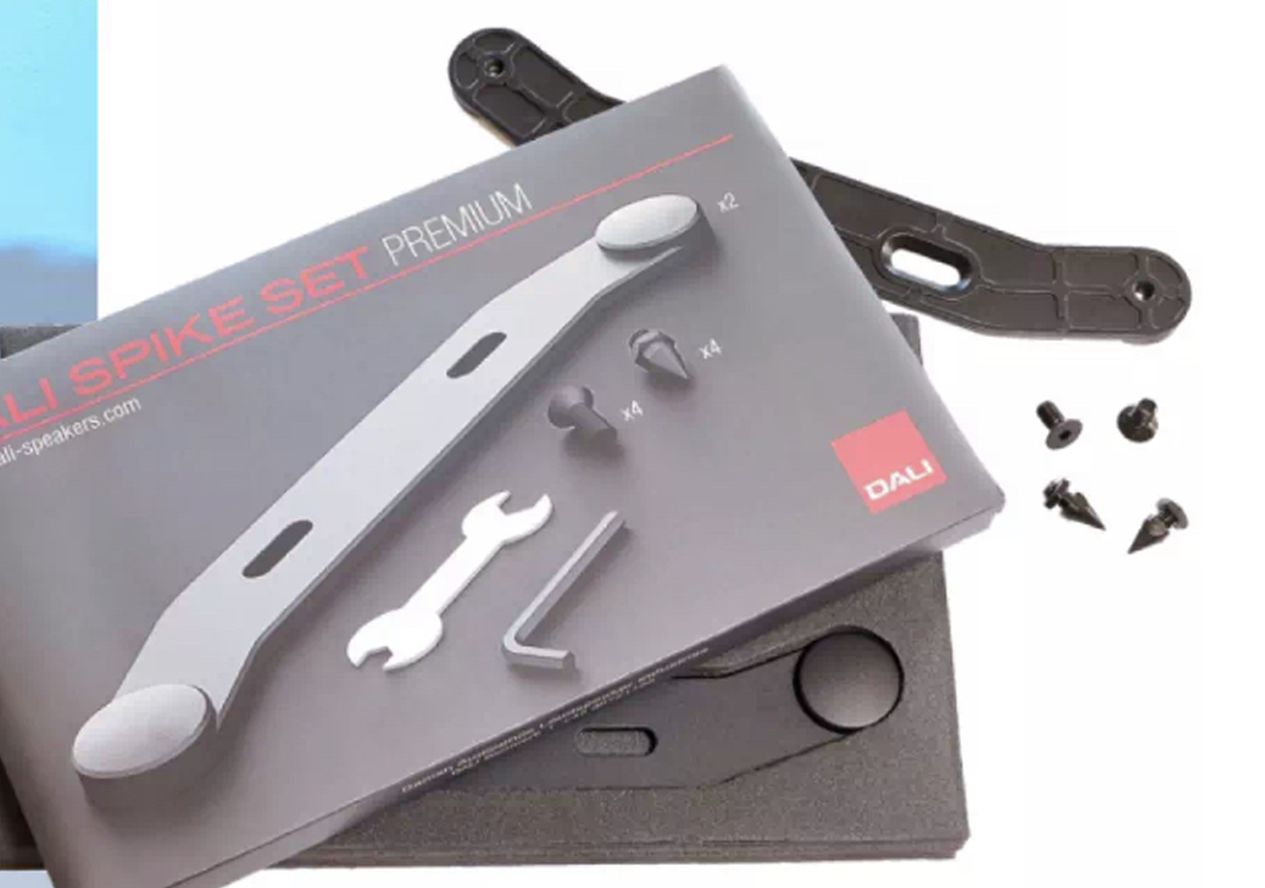
Improvements
These two features—the look and the foot system—would certainly not be enough reason for a new series. Especially not at DALI, where the popular Epicon series has been running for over a dozen years. But was there any reason for improvements? Not really, right? However, with the arrival of the two high-fliers Kore and Epikore 11, which are outrageously expensive but outstandingly good Danish speakers, there are now new additions: the Rubikore 6, the larger Rubikore 8 floor-standing model, the compact Rubikore 2, as well as an On-Wall type and a center speaker for home theaters. While these may not be the benchmark for the Rubikore 6, some of their innovations have flowed into it.
- The tweeter is a new development that no longer uses the previously employed ferrofluid in the air gap, which cooled and damped the voice coil. This feature, derived from the “EVO-K” tweeter of the Kore, is said to offer an even better response and increased liveliness, especially at low listening volumes.
- The new double magnet technology in the woofers aims to focus power and reduce losses. The “Soft Magnetic Compound” magnet material, introduced with the Epicons in 2012, is still used here. This is a specially coated granulate with high magnetic permeability and very low electrical conductivity, sintered into magnets. The advantage of this patented process is the near-absence of the usual “braking effects” and non-linearities caused by iron in the moving voice coil, such as hysteresis and eddy currents. The powerful dual drive benefits significantly from this.
- The five-spoke structure of the reddish, paper-and-wood fiber cone, another “Kore competency,” is almost invisible. DALI’s “Clarity Cone” is said to be even stiffer and more resonance-free, resulting in improved clarity and accuracy.
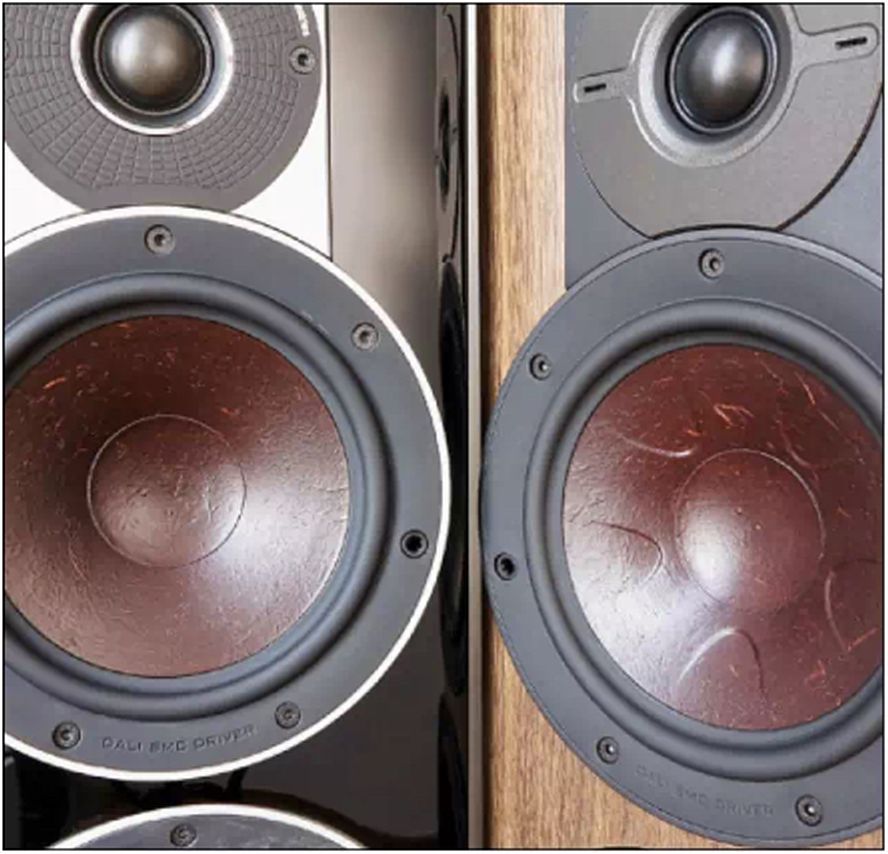
- The “Continuous Flare Port” bass reflex tubes, inspired by the Kore, are designed to ensure a smooth, unobstructed sound flow, allowing the two woofers (the lower one operating only up to 800 Hz) to couple their respective internal volumes to the outside world. The goal here is to minimize resonance and distortion while achieving deep bass reproduction.

- The crossover has also undergone changes in the transition from Rubicon to Rubikore. Spools and hand-selected capacitors from Mundorf, as found in the Kore, are now used. Additionally, the Rubikore 6 and 8 exclusively feature “SMC-Kore” inductors made from DALI’s wonder material, which offers low DC resistance, short signal paths, and some immunity to inductive influences.
Positioning? Straight ahead!
In total, there’s quite a long list of features that set the new Rubikore 6 apart from its older Rubicon sibling, which was already a top-tier speaker for a solid recommendation. But theory is gray, so what do all these upgrades mean in practice? Especially since the now-retired Rubicon 6 was already a well-crafted speaker, performing excellently in both lab and listening room tests.
That’s why we brought in a pair of Rubicon 6s for comparison. The visually similar Epicon 6, though far more elaborate in terms of cabinet design and costing nearly €12,000, has been a highly valued workhorse in our office since its review and is very familiar to us.
After an initial “side-by-side” comparison of their external similarities (see photo), each speaker was placed in its preferred spot in the listening room. This was done according to DALI’s recommendation for straight alignment towards the listener. DALI is one of the few manufacturers that doesn’t prescribe the usual toe-in for their speakers, as this optimizes distortion, phase, and linearity, something they explicitly mention in their informative user manual.
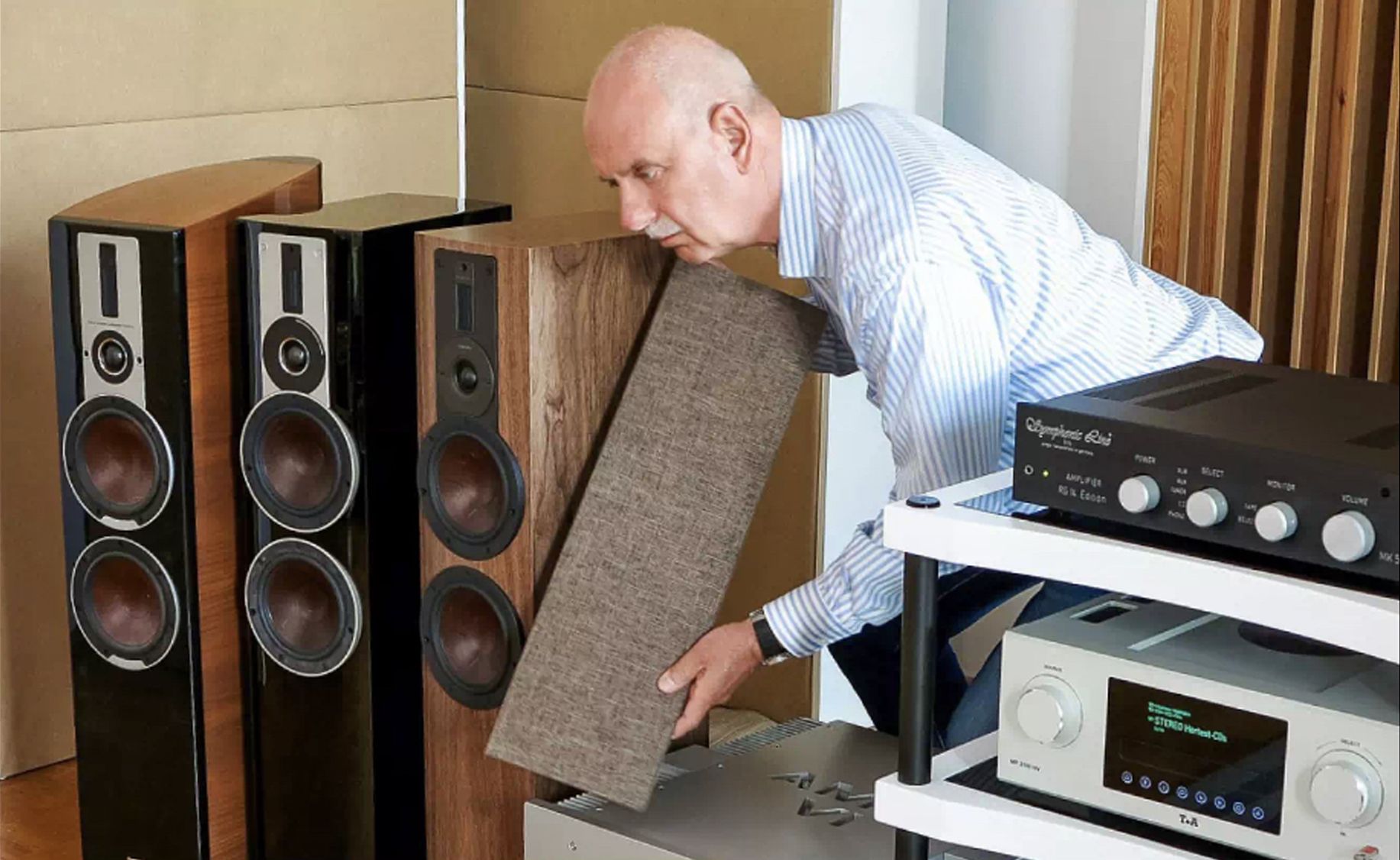
Unfortunately, it’s often seen that this guideline is not followed, with the speakers angled towards the listening position. What happens then? The soundstage appears more direct, but at the expense of depth. For instance, elements like the guitar or cornet in Beat Kaestli’s “Day In Day Out,” which should be heard outside the speaker base when correctly phased, move inside the box. So: Please set up the DALIs straight in most cases.
Of course, we also used high-quality bi-wiring cables during the test, which helped to mitigate the sonic stumbling block of the metal bridges between the binding posts, preserving spaciousness and coherence.
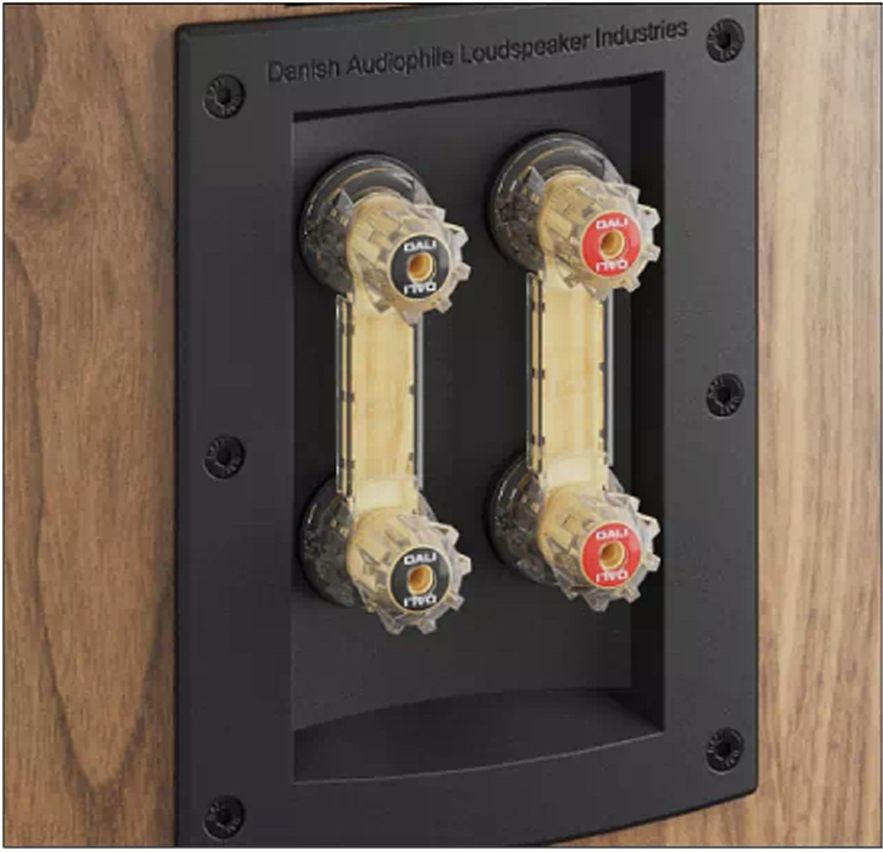
Rubicon 6 as a Comparison
Maria Pihl’s listening test hit “Malvina” immediately highlighted the difference between the Rubikore and Rubicon. The latter delivered the track, which covers a wide range of sonic parameters, flawlessly, but when its successor took the same position, the entire midrange and treble sounded smoother, more sonorous, and therefore more natural, with at least equal, if not slightly increased, resolution. The Rubicon 6 reproduced sibilants louder, harsher, and noticeably coarser.
The deep and full, yet well-defined bass of the track was richer and “denser” with the Rubikore. In comparison, the predecessor’s bass was somewhat paler. The potency of the lower registers was surprising overall. The slim Danes made our listening room tremble with the hefty kicks at the beginning of Jheena Lodwick’s euphonious rendition of “A Groovy Kind Of Love,” showing no signs of strain even at higher levels.
By the way, whether the Rubikore 6 delivered this performance with the Accustic Arts powerhouse amp VI or the more reasonably priced and quality matching RG14 integrated amplifier from Symphonie Line made little difference in terms of its lively output. As usual, the Rubikore 6, which is refreshingly efficient and uncritical in terms of impedance, doesn’t need a powerhouse amp to perform at its best.
Okay, compared to DALI’s more expensive Epicon 6, the Rubikore fell short, particularly in terms of brilliance and impact. Despite its age, our trusted favorite in this price range made its mark here as well as in musical dynamics. However, when it came to tonal integrity and spatial organization, the Rubikore 6 played its cards right. In fact, the Epicon 6 tended to reproduce orchestras more prominently and in slightly more artificial colors, ultimately not matching the cohesiveness and depth of DALI’s new addition. Does this provide a preview of expected successor models below the highly graceful and harmoniously sounding Epikore 11?
Extra Tip: Tighten the Spikes!
This is pure, albeit reasonable, speculation. What’s not speculation but rather fact is the performance of the Rubikore 6, which has been further developed from the solid foundation of the Rubicon. It projected the extremely three-dimensional live recording of “Saturday Night” by the Red Norvo Quintet into the listening room, effortlessly detaching the performance from the rounded speaker cabinets. The distinctive vibraphone strikes, with the correct size of the instrument in the foreground, exploded precisely in the middle between the speakers, while the quiet murmur of the correctly recessed audience was not drowned out. That’s how it should sound!
If you get everything right during setup and connection, such as tightening the spikes with their flat lock nuts after alignment to prevent the speaker from wobbling, which improves definition even in the highs, the Rubikore 6 will provide a mature and refined speaker experience for all types of music, giving a glimpse of DALI’s “Kore competency.
Performance measurement

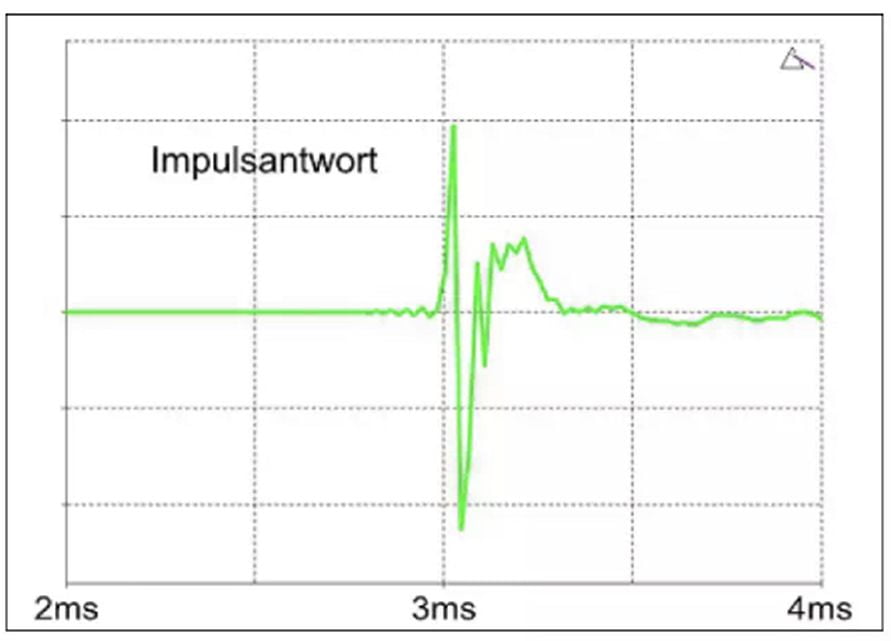
Specifications
Product Type / Price Range: Floorstanding Speakers / €2,500 to €5,000
Website: www.dali-speakers.com
Price in Euro: €4,996 per pair (in four finishes)
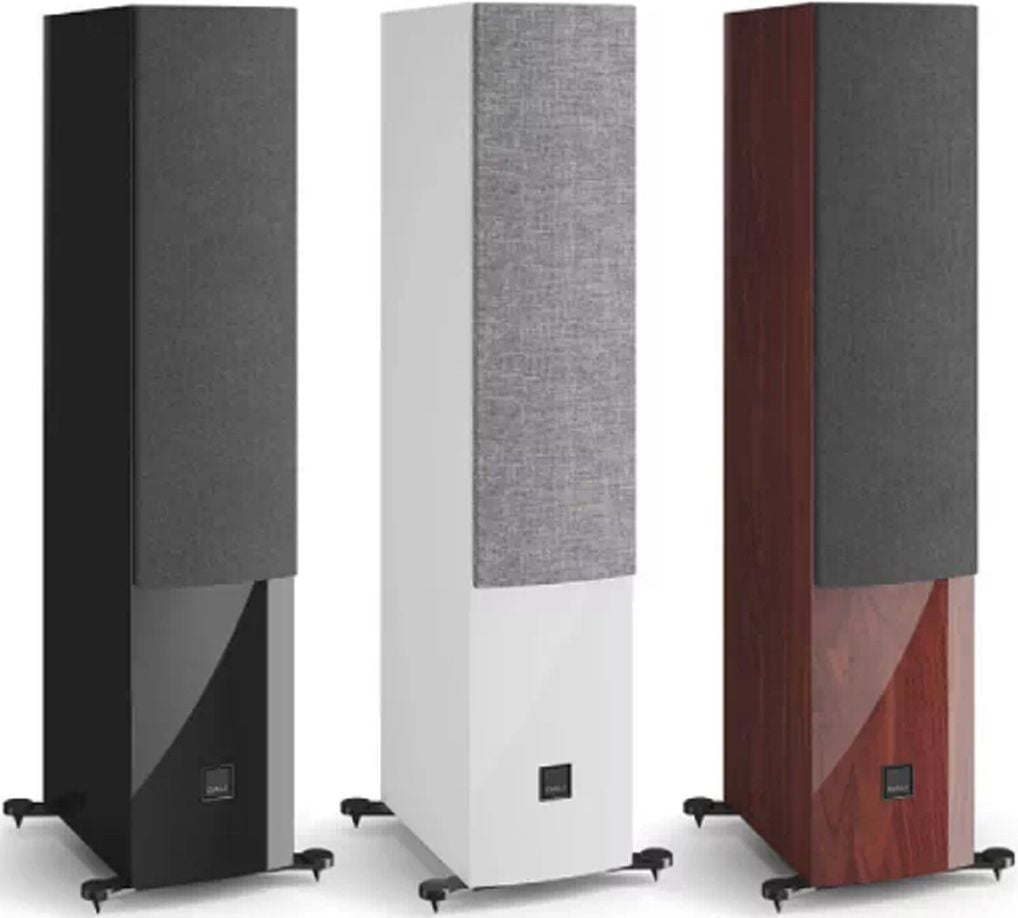
Dimensions (WxHxD) in cm: 20x99x38
Weight in kg: 23
Distribution in Germany: DALI
Principle: Dynamic, 2.5-way, bass reflex
Terminal: Bi-Wire
Placement Recommendations: Direct alignment towards the listener
Frequency Response: Good
Sensitivity (in decibels): Sufficient (83)
Impulse Response: Very good
Minimum Impedance: Unproblematic (5 Ohms)
Distortion Percentage at 63/3k/10k Hz: Very low (0.2 / 0.1 / 0.1)
Compatibility: Good
Setup: Simple, mounting of foot traverses required
Instruction Manual: Comprehensive, with plenty of additional information on the subject of speakers
Initial Setup: Quite simple
Sound Adjustment Possible: No
Cabinet Finishes: Four variants
Included Accessories: Grille, spikes, tool, bi-wire metal bridges
Haptics/Finish: Very good
Warranty in Years: 5 (with registration)
Packaging: Secure, but not overly large
Upgradeable: No
Sound: 9.57/10
Measurements: 8.83/10
Equipment & Handling: 8.25/10
Service & Environment: 6.84/10
Overall Test Result: 9.17/10
Introducing the brand new DALI RUBIKORE series | Now Shipping
We are excited to announce that the RUBIKORE series, the latest addition to the DALI family, is now available for shipping!



